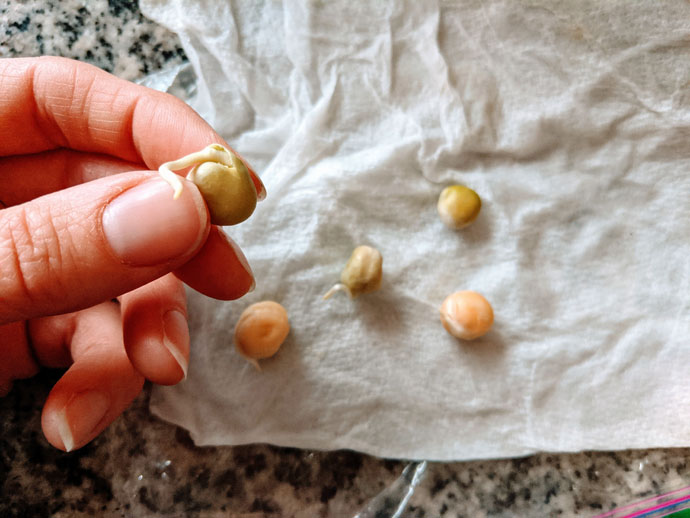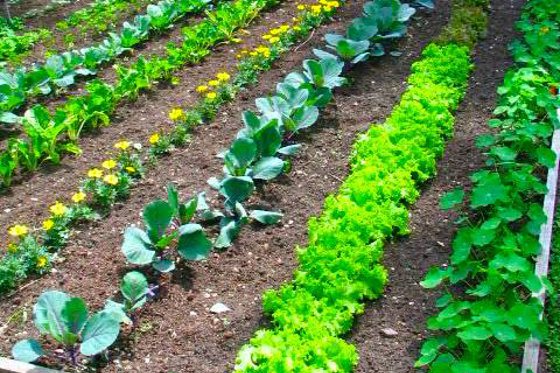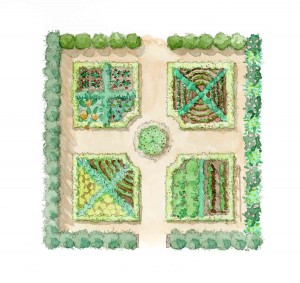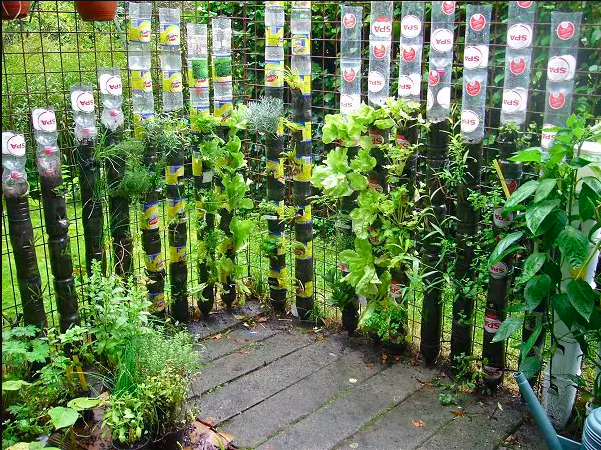Getting Your Garden Ready for Spring
Though it can be hard to believe with all of the recent snow, the days are getting longer and warmer and it’s time to start preparing your garden for spring!
Check Your Seeds
If you plan to start your garden from seeds, now is a great time to check your leftover seeds from last year to see if they are still viable. Our friends at DUG suggest a great method for testing your seeds:
1. Stack two sheets of paper towels together and moisten well with a misting or spray bottle
2. Across the top of the paper towel, evenly space 10 seeds of the specific variety you are testing
3. Carefully roll up the paper towel and seeds, place in a plastic bag, and leave in a cool and dry place
4. Every day, open the bag, until the paper towels, and carefully blow on the seeds to surround them with carbon dioxide (which promotes germination)
5. Note the first day you seed the seed coat split and baby root emerge
6. After 10 days, if 7 or more of the 10 seeds germinate (70%+ germination rate), they can be considered viable and safe to use for growing
Remember, some seeds are best to purchase a new batch of each year, such as onions, leeks, green onions, and lettuce.
Plan Your Plot
There are a few different layout options to choose from for your garden:
Four square garden plans divide a bed into four squares, one for each type of plant: heavy feeders, middle feeders, light feeders, and soil builders. Heavy feeders need a lot of nutrients, and are nitrogen-loving, like corn and leafy greens. Middle feeders are phosphorous-loving and include vegetables like tomatoes and peppers, while light feeders are potassium-loving and include vegetables such as turnips and carrots. Soil builders are the legume family of vegetables that leach nitrogen into the soil, such as peas and beans. Each type is generally laid out from the top left and counter-clockwise in the order of heavy feeders, middle feeders, light feeders, and soil builders. The groups rotate counterclockwise each year, helping to simplify crop rotation and keep your soil healthy.
Vertical garden plans are designed to fit in small spaces by growing plants in trellises, hanging baskets, stackable containers, recycled bottles, or upside down. These methods let you grow lots of plants in a little space.
Rows are the most basic garden layout of straight, long rows running north to south for best sun exposure and air circulation. To ensure tall crops like corn and beans don’t shade out smaller crops, plant them on the north side of the garden. Short crops like carrots, lettuce, and radishes should be on the south end of the garden and fill the middle area with medium crops like tomatoes, squash, and cabbage.
Square foot gardening is typically set up as grids of 4×4 squares, each home to a single variety of plant. The number of plants per section can be calculated by dividing the least possible spacing inches into 12 inches. For example, the closest carrots usually should be is around 3 inches; 12 inches divided by 3 inches is 4, meaning a square of carrots could be 4 rows of 4 plants each.
Other important considerations when planning your garden are:
Crop rotation is important for the health of your soil and to the success of your plants. Every year you should plant crops in a different area of your plot, even if you’re not using the four square method. Every plant pulls different amounts of nutrients from the soil, so planting things in different places every year will help prevent your soil from becoming depleted. This is especially important for tomatoes, potatoes, peppers and eggplants.
Walkways are crucial if you’re lucky to have space to be walking around in your garden beds. Make sure to incorporate walkways between rows to prevent soil compaction around plant roots.
Thinking about your garden early will set you up for a productive growing season! Whether you have a small farm or a couple of containers on your deck, you can successfully supplement your diet with home grown vegetables.
Post by Gabriella Wan, Youth Education Coordinator
Sources:






0 Comments